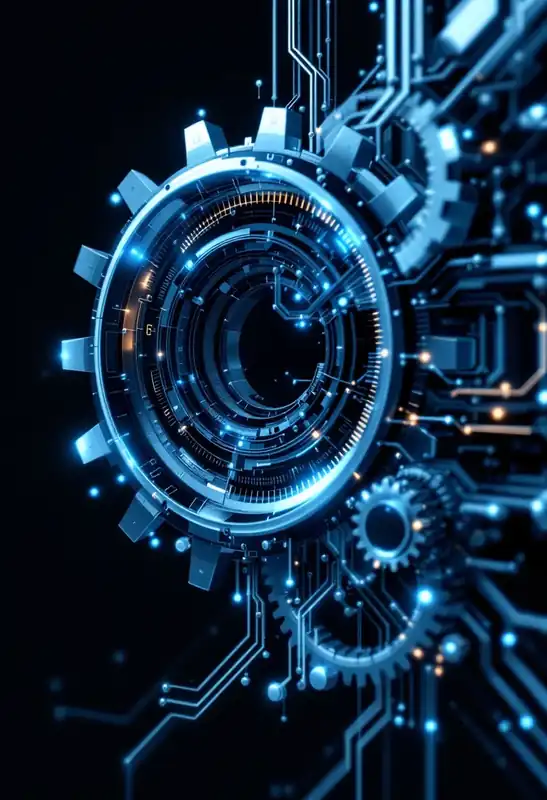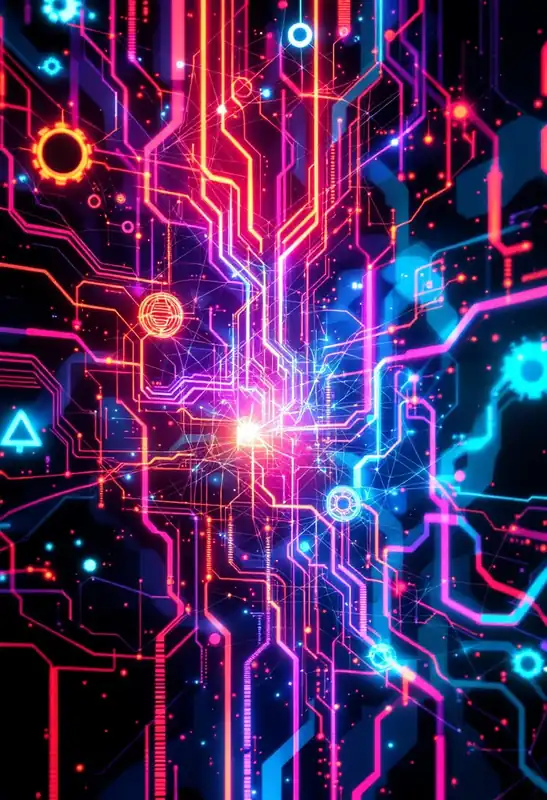
Verification System
A verification system ensures that a system meets specified requirements and functions correctly in its intended environment.
Verification systems are critical in AI, serving as processes or sets of rules used to confirm that AI systems operate as intended, ensuring reliability, accuracy, and safety. These systems are paramount in high-stakes domains such as autonomous driving, healthcare, and security, where failure could result in significant harm. Verification systems involve rigorous testing and validation techniques, including formal methods, to evaluate whether the AI models meet predetermined specifications and comply with regulations. They play a vital role in the iterative development lifecycle of AI, facilitating trust and accountability by enabling transparent auditing and assessment of AI's decision-making processes.
Verification systems have been in conceptual use since computing began in the mid-20th century but gained significant attention and popularity in the AI domain during the late 1990s and early 2000s with the rise of complex AI systems requiring rigorous assurance methods.
Notable contributors to the development of verification systems include pioneers in formal methods such as Amir Pnueli, known for temporal logic, and Edsger Dijkstra, who contributed foundational ideas in program correctness. Their work laid the groundwork for modern verification techniques applied in AI today.



